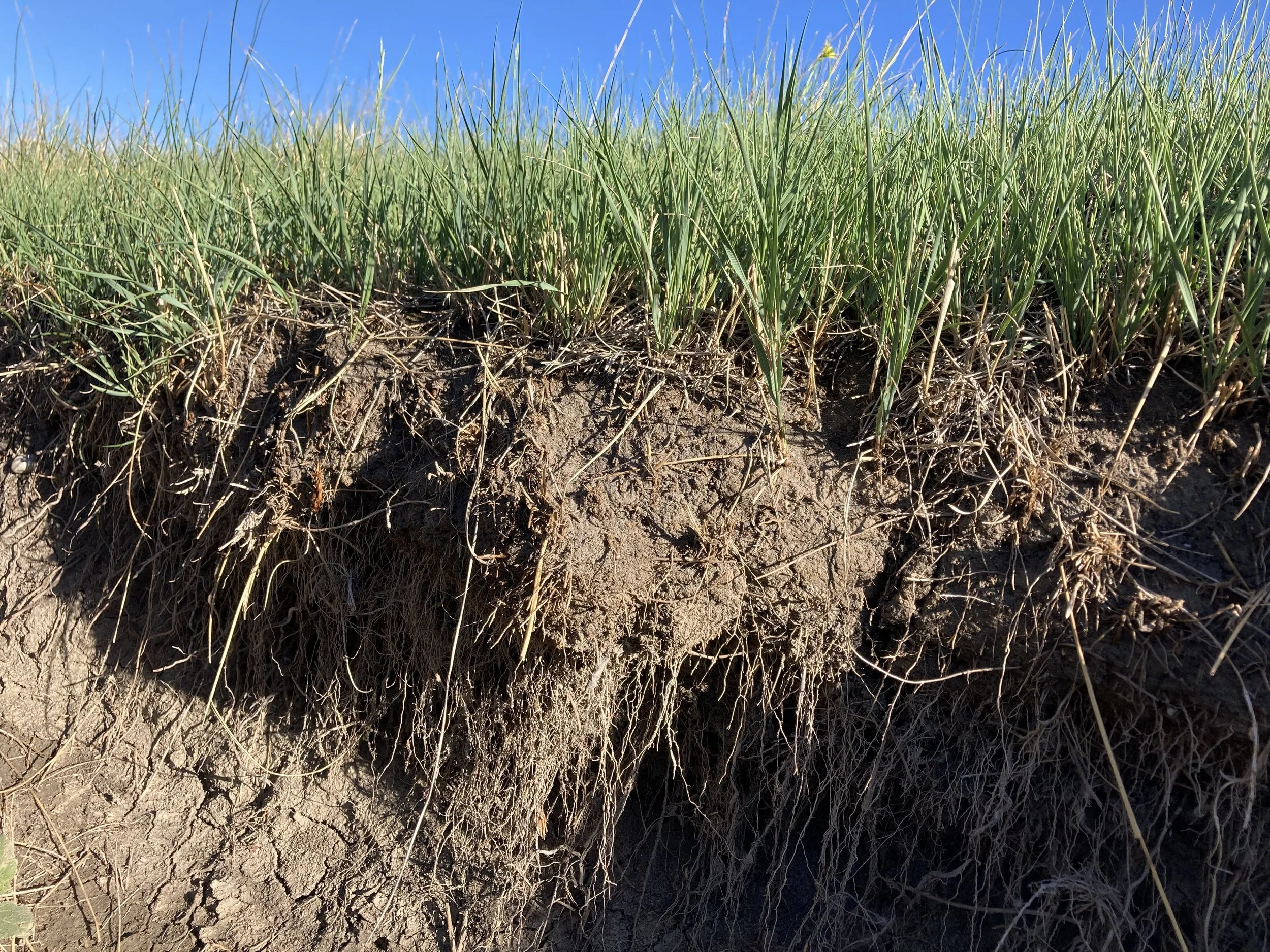Resiliency for the Fourth
My ranch received 2 inches of rain last week, the first real rain we have had since March.
My alfalfa finally greened up, along with the grass.
It looks beautiful.
The rain came too late to make the grass grow, but at least it is green and most of it will have a chance to go to seed.
These cool-season grasses quit making leaves and begin to set seed by Independence Day.
This timing did not go unnoticed.
It turns out that grass, pastures and land are stronger and more resilient when they enjoy the same qualities that make our country stronger and more resilient.
While each stem of grass feeds itself, regardless of its neighbors, every plant depends on others for its survival.
It balances independence with interdependence.
Each plant offers carbon to fungi and bacteria. In return, fungi seep into plant roots to deliver phosphorus, nitrogen and other nutrients.
In fact, research shows that if the soil is low in phosphorus, a plant chooses to trade more carbon to fungi in exchange for phosphorus. If the soil has plenty of phosphorus, the plant offers to trade less carbon to fungi.
We don’t know how fungi, bacteria, worms and beetles make decisions and choices, yet new evidence indicates they certainly do.
Just because we don’t understand it, doesn’t mean it doesn’t happen.
The underground world of plant roots, fungi, bacteria, worms, beetles and other microbes enjoy autonomy.
They have the ability to act in their own self-interest, for their own benefit.
When a plant barters soil nutrients for carbon based on supply and demand, it barters with fungi.
But not just any old fungi.
Each species of plants needs a specific species of fungi.
A variety of plants supports a variety of fungi that support a variety of plants.
When the underground world is diverse, both plants and the microbes that support plants have options.
No single option is the right one for every plant or every microbe.
They make choices.
Researchers are not yet sure how plants and microbes that don’t have brains make choices about how to thrive, but they think it involves electrical currents similar to synapses in our brains.
Even though we don’t understand how they choose among options, we do know that when options disappear, plants and microbes die, leaving the soil bare and blowing in the wind.
Bare soil blowing in the wind leaves bare rock behind, with no way to grow plants in the future.
Of course, the above-ground world depends on plants as the foundation for everything from breathing to military prowess so ensuring that plants and fungi have options is a good thing.
Choice is a good thing.
And not just any old plant needs a choice.
Our above-ground world – including humans – needs a variety of plants that have choices because various plants provide various benefits.
All plants help us breathe.
Some provide nutrition.
Some are the basis for medicines.
Some hold the surface of the earth in place while others root deep down and provide solid stability.
No single plant – no single tree, shrub, forb or grass -- is the right one.
Diversity is a good thing.
More diversity means a wider variety of choices for each individual.
Yet, with choice comes responsibility.
Plants and underground microbes make choices with life-or-death consequences when they choose where to send roots to find nutrients.
It is hard to imagine more personal responsibility than life or death.
The plants at my ranch and throughout the world balance independence and interdependence to create a wide variety of autonomous choices, diverse options and personal responsibility.
The more options they have, the more resilient they are.
Just like our wonderful nation.
Happy Independence Day!
